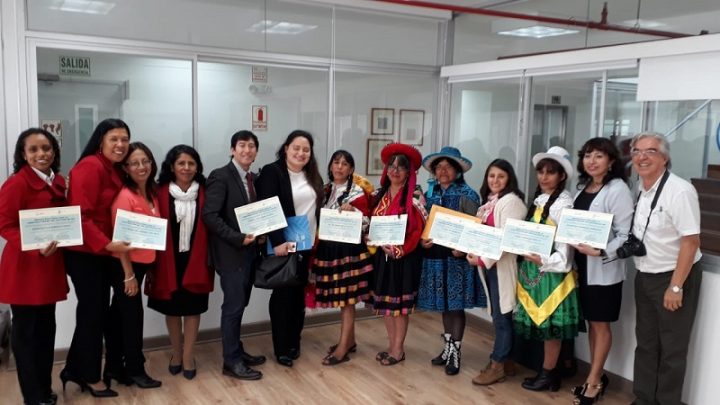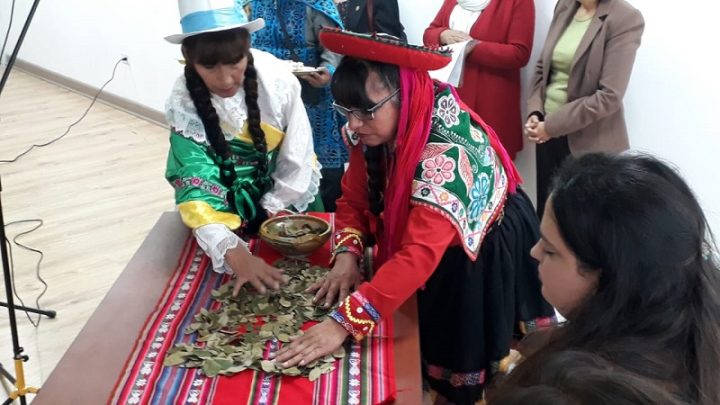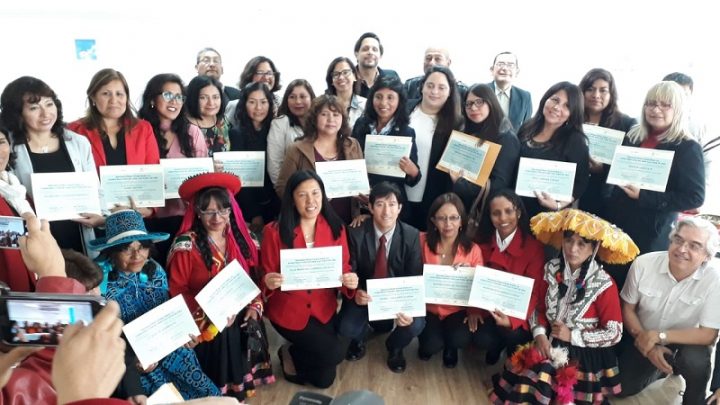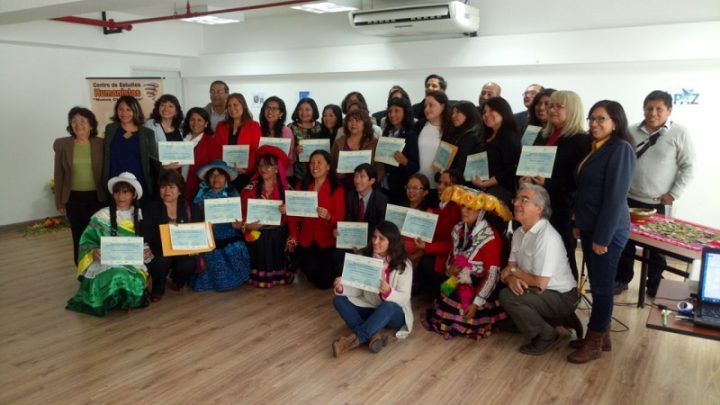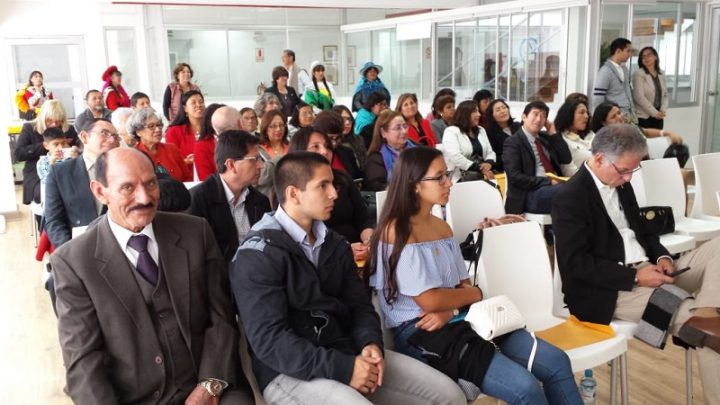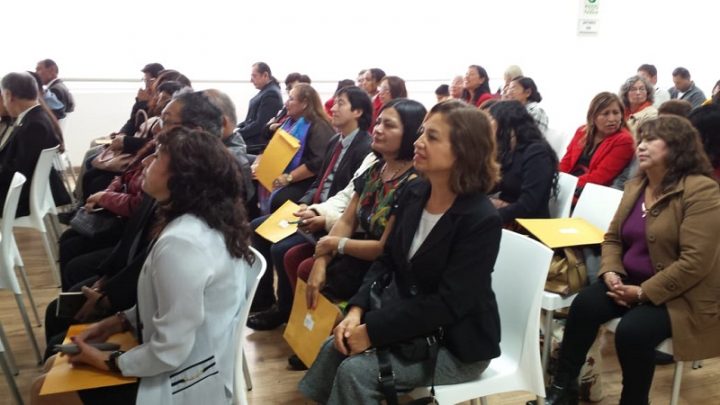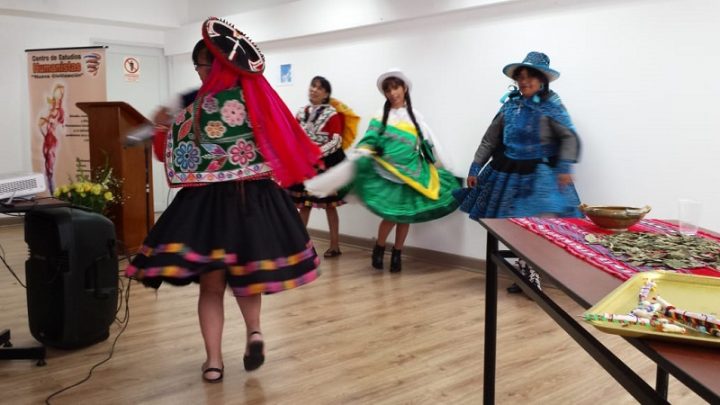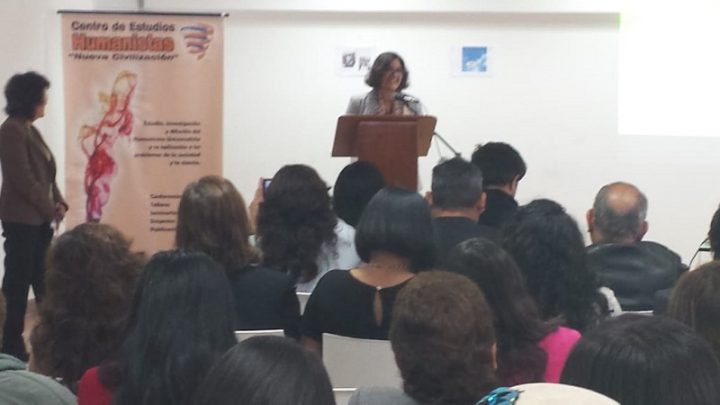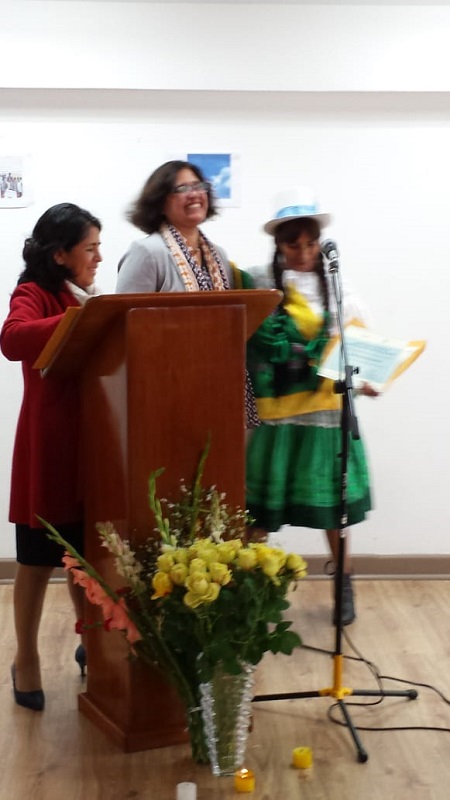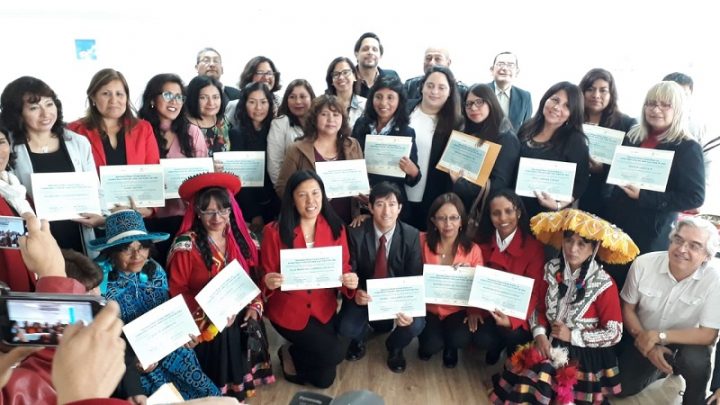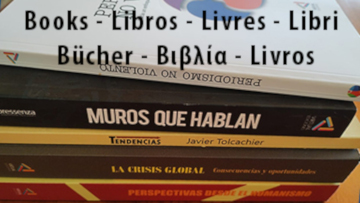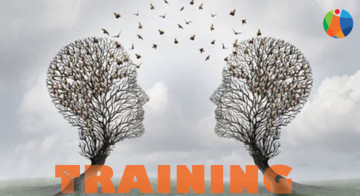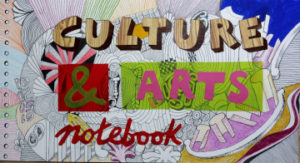by Carlos Crespo Burgos
“En nuestro país se observa una In our country there is growing violence in all its forms; the radio, television and print media confirm this, where the victims are mainly children and women. This violence is germinating in the family and in society; what can we teachers do in the face of this problem? What are we doing in the face of the growing verbal violence in adolescents?violencia creciente y en todas sus formas; las noticias de la prensa radial, televisiva y escrita lo confirman, donde sobre todo las víctimas son niños y mujeres. Esta violencia se germina en la familia y la sociedad; nosotros los docentes ¿qué podemos hacer frente a esta problemática? ¿Qué estamos haciendo frente a la creciente violencia verbal en adolescentes?”
These are the questions we asked ourselves at the start of the 2017 academic year, say Sabina, Adelia and Mabel, three teachers at the Andrés Avelino Cáceres secondary school in the Tacna region of Peru. After a diagnosis of violence among young people, ‘we turned to art as a wonderful resource that strengthens self-esteem, identity and potential in adolescents and contributes to preventing violence. We showed parents that theatre helps in the emotional management, security and behaviour of adolescents. We agreed with them to integrate a permanent theatre workshop in the afternoons throughout the year. This is our challenge: to build peace from the school, breaking down discrimination, marginalisation and violence of all kinds.
Like the story of Sabina, Adelia and Mabel, sixty-three other teachers’ stories came from ten regions of Peru (Ancash, Arequipa, Cajamarca, Callao, Cusco, Huancayo, Lambayeque, Lima, Piura and Tacna) around five thematic axes: 1) interpersonal relationships based on good treatment; 2) welcoming environments for diversity; 3) conflict resolution with dialogue and peaceful mechanisms; 4) reflection and proposals to overcome situations of discrimination and exclusion; 5) development of attitudes and skills to deal with situations of violence.
This was the response to the call for teachers in the country to write stories about good practices that build Peace and Nonviolence in schools, an activity promoted on the occasion of the celebration of the International Day of Nonviolence on 2 October, a date declared by the United Nations on the occasion of Gandhi’s birth. The initiative was promoted by several humanist organisations in Peru (Centro Mundial de Estudios Humanistas, Red de Educadores and Corriente Pedagógica Humanista COPEHU), in coordination with the UNESCO office in Peru and the Municipality of the Miraflores District of Lima.
On 2 June last, the ceremony was held in Lima to recognise 37 stories that have been evaluated as Good Teaching Practices and which will soon be published by UNESCO and the organising institutions. At this festive meeting, which brought together teachers from different regions, it was recognised that the teachers’ stories constitute a force and hope for educational change, contagion and demonstration of the possible way forward. The organising institutions, for their part, launched an invitation to continue, to strengthen the exchange and to stimulate the multiplication of these experiences. Soon, we will be sharing other stories such as those of Sabina, Adelia and Mabel.
